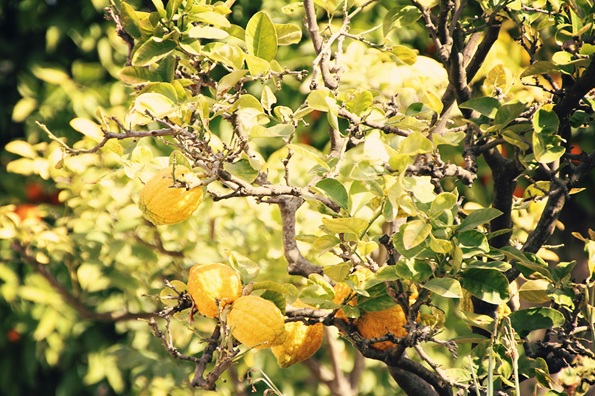We meet plants at least once every day in our lives, but do we know what makes plants grow and how they grow? In order to grow a plant needs water, air, light, space, time, temperature and nutrients.
Air & Soil
Clean, fresh air and healthy soil can really help a plant flourish. By surrounding a plant with polluted air caused by smoke and gases, it limits the plants ability to soak up the Carbon Dioxide provided in the air to assist in photosynthesis (the making of food) and preventing the full exposure to sunlight which is mandatory for healthy growth.
Another must is, healthy soil which has the upmost importance when it comes to supporting the plants growth with nutrients. It also acts as an anchor to the root of the plants.
Space & Time
In order for a plant to flourish, it needs enough room to spread it roots and leaves. Without this, the plant could be prevented from reaching its maximum growth potential. Another factor when deciding where to place your plants is disease. When plants are placed to close together and become overcrowded, this reduces the amount of airflow that reaches each plant, which can be very hazardous to the plants health.
As you know, plants cant and dont grow overnight (as much as we would want them to!) With patience, time and nurturing plants can reach their full potential, whether that is growing taller and taller or producing fruit and flowers.
Water & Nutrients
Plants need water and food to survive, just like us! Nutrients are usually given to plants when being watered. 3 of the most important nutrients needed for a plants growth are phosphorus, potassium and nitrogen. Phosphorus is used for making the roots strong and the flowers that flourish big, potassium is used to help fend of diseases that could harm the plant and nitrogen is used to make and keep the leaves green.
Most, if not all plants use the water given to transfer nutrients and moisture between the leaves and the roots. This is usually soaked up through the roots of the plant. Because of this, it is absolutely necessary to water soil when it gets dry.
Please remember: Too much or too little nutrients and water can be harmful to the growth of your plant.
Light & Temperature
Not only are the above factors important, the plant would not be able to survive without light and adequate temperature. In order for a plant to grow and flourish as expected, it needs sunlight. This is what provides the plant with the energy to make its food (photosynthesis). If light is not given to the plant, it can turn weak and droopy looking, also reducing the amount of flowers and fruits that would grow.
Last but not least, plants have a temperature clock just like us. In the night time they like cooler temperatures and in the day time warmer temperatures. If they become too cold, they will freeze and too hot and they will burn.
If you need any care advice for a specific plant, please do not hesitate to contact one of our helpful staff via Live Chat or email on customerservice@gardenplantsonline.co.uk


